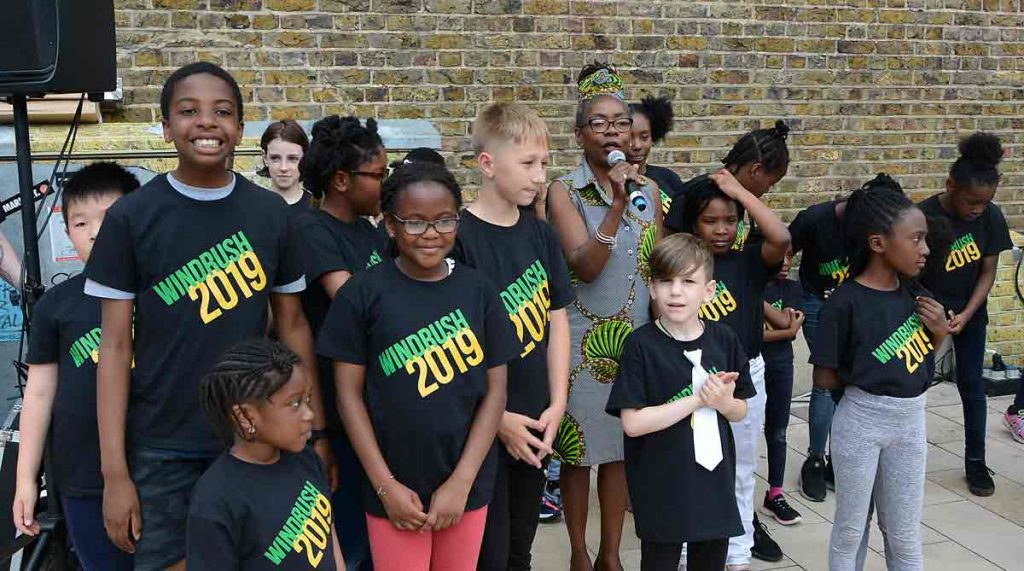
Five hundred people joined an online event that launched public involvement in Lambeth council’s review of local sites with historic links to the slave trade.
They watched a fascinating review of the issue by Lambeth archivist Jon Newman and heard introductions from Cllr Sonia Winifred, Lambeth council cabinet member for equalities and culture, and Dr Debbie Weekes-Bernard, Deputy Mayor of London for social integration, social mobility and community engagement.
Participants submitted questions by message.
Cllr Winifred repeated cautions that researching and acting on local links to slavery and colonialism is a sensitive issue that will lead to uncomfortable dialogues and debates.
Jon Newman noted that it can also be a “murky and unclear” issue.
And some of the links are not immediately apparent. Captain William Bligh, whose blue plaque faces the Imperial War Museum across Lambeth Road, has achieved fame as captain of the Bounty and its mutineers.
But less well known is the purpose of the voyage on which the mutiny occurred. It was to bring breadfruit from the East to the Caribbean to test it as a staple food for enslaved people there.
The test was a success and breadfruit is a Caribbean staple to this day, said Jon Newman.
Discussion covered not only the names and statues of slave-holders and traders, but also of those who opposed them and more recent local opponents of oppressions like Olive Morris.
Some people queried why the review concentrates on the trans Atlantic slave trade when the East India Company, which brought British colonial rule to India, also has many local connections.
Activist Darcus Howe – who figured in Mangrove, the first episode of Small Axe – and musician Ray Ellington were among who participants suggested should be honoured.
The discussion noted place names like Windrush Square in Brixton that celebrate diversity and Britain’s Black communities.
The complexity involved was highlighted by discussion of Henry Tate, whose bust stands in Windrush Square and in three Lambeth libraries. Too young to have been directly involved in enslaving people himself, the fortune he enjoyed and spent building libraries in Brixton and elsewhere in Lambeth derived from sugar – inextricably linked with slavery.
Examples of the complex issues involved were covered – like the Grade I listed statue of Robert Clayton outside St Thomas’ hospital.
As well as bring responsible for rebuilding the hospital, Clayton held shares in the Royal African Company, a major slaving institution.
In June this year the marble statue was covered, but it remains a Grade I listed work of art by the renowned sculptor Grinling Gibbons.
And a 1984 attempt to change the name of Rhodesia Road in Lambeth’s Larkhall ward ran into opposition, not on political grounds, but because of the huge upheaval a change of address causes for anyone.
Both Cllr Winifred and Dr Weekes-Bernard agreed that, of itself, removing or giving context to statues would not end oppression.
The aim a was education and rediscovering – for all British people – a hidden history that was not as glorious and do-gooding as school curriculums and popular mythology present.
One of the next developments will be and engagement event after Christmas to involve schools.
The council website has a page with details of the review.
You can watch a recording of the whole meeting …






